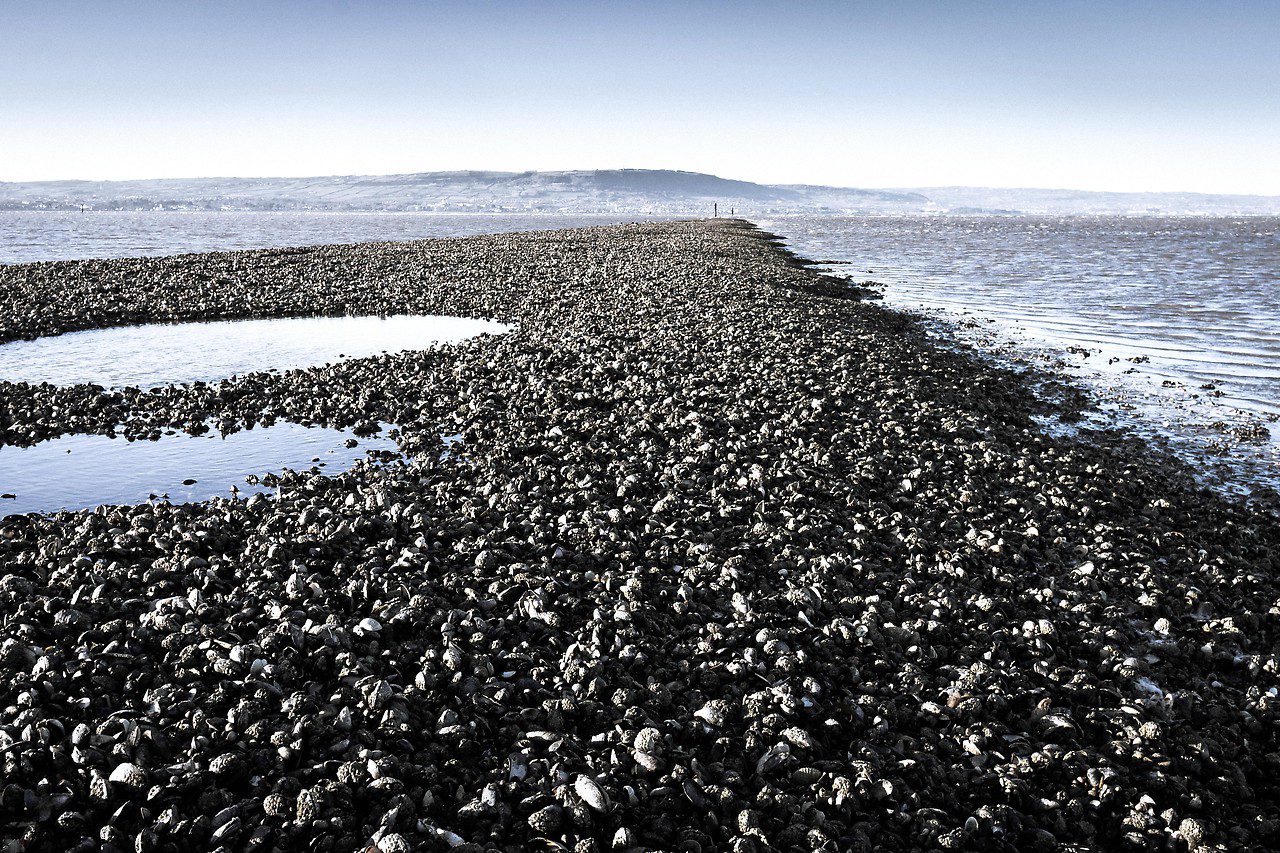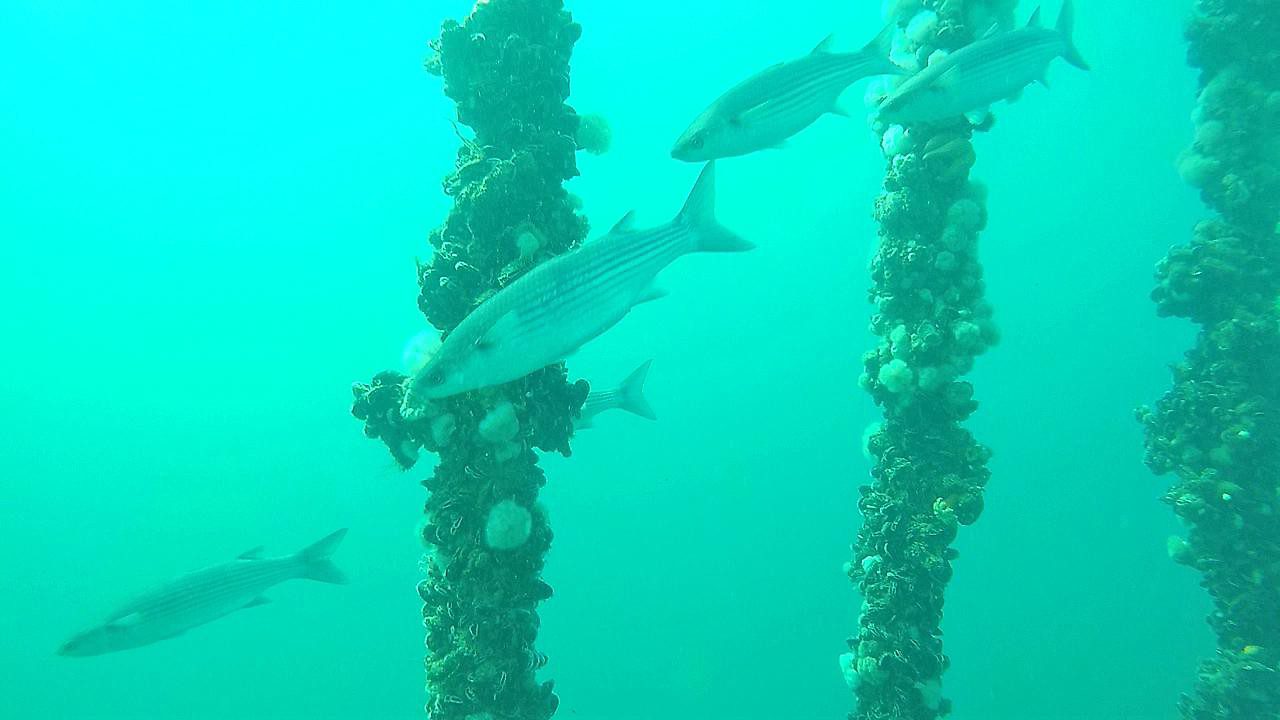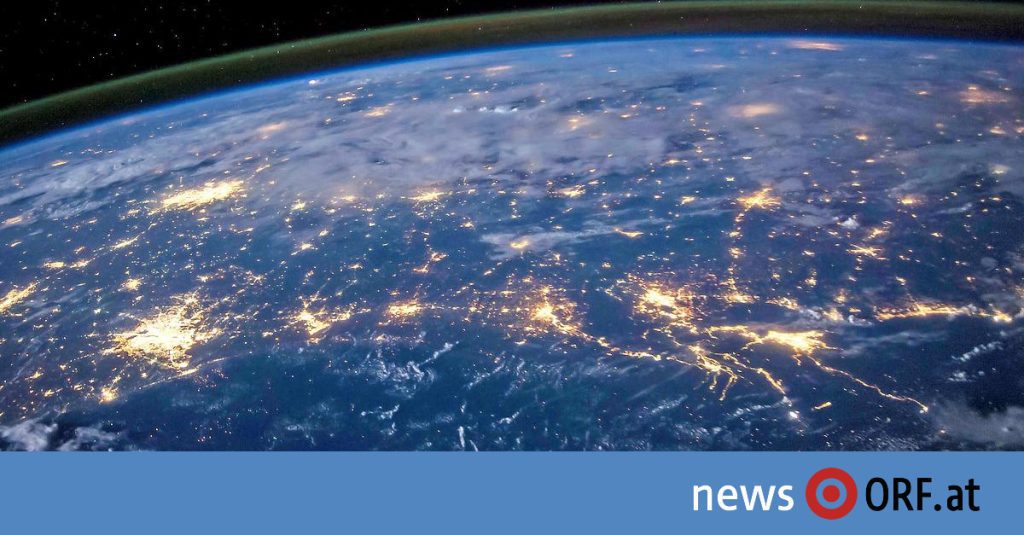Current satellite data shows that unused bright light from buildings, commercial properties and general lighting is increasing in range and intensity by 6 to 8 percent each year. Nocturnal artificial light now occurs on more than 22 percent of all coasts on Earth. A team of researchers from England, Norway and Israel has mapped the marine areas most affected by light pollution in a world atlas.
The study, published in December 2021 in the scientific journal Elementa: Science of the Anthropocene, shows that at a depth of one meter up to 1.9 million square kilometers of coastal waters – roughly the size of Mexico – contain biologically significant amounts of artificial nocturnal plants. The light is exposed.
coastal night light
Particularly affected are areas with extensive offshore infrastructure such as drilling rigs or wind farms, for example in the Persian Gulf and the North Sea. Life and many biochemical processes are determined by light and its spectral composition, especially in the upper 200-metre ocean, says Tim Smith, lead author of the study and an oceanographer at the University of Plymouth.
Marine ecologist Emily Faubert is a member of the Australian Research Network NERAL (Network for Environmental Research on Artificial Light), which investigates the effects of light pollution on the marine environment: “Marine life is closely aligned with the daily, lunar and seasonal natural light cycles.” Light pollution has the potential to causing significant disruption to many aspects of the ecology and physiology of marine life.
Faubert studied how nocturnal artificial light affects the reproduction of coral fish. Their experiments showed that artificial light at night can block an important stimulus for fish spawning.
LED direction exacerbates the problem
The dynamics are being investigated in a laboratory in Lenga, a Chilean fishing village located 15 kilometers south of the city of Concepcion. Scientists Dario Dirks and Javier Vera Duarte collected about 100 Mytilus chilensis mussels in the bay. Mussels are a major species in marine ecosystems, providing food and shelter for many species. “Potential impacts can lead to a change in the food web and communities,” explains Dr. Dirks.

In order to investigate how nighttime artificial light affects mussel behavior, mussels are exposed to different lighting systems in their aquariums using LED lights. LED lights have a short wavelength spectrum that is often used in street lighting.
According to experts, the global trend of LED lights over the past decade has exacerbated the problem of light pollution. This is because LEDs emit short-wavelength light (blue), which can disrupt the sleep-wake cycle of humans and many wildlife. This is also important when looking for effects on the marine environment, as blue light penetrates deeper into the water.
Mussels as a turbo filter
Laboratory experiments with mussels are being conducted as part of an international research and training program at the Geomar Helmholtz Center for Ocean Research in Kiel. The research will be conducted over six months in seven coastal regions in Finland, Japan, Malaysia, Spain, Chile, Iceland and Cape Verde.
The mussel population, consisting of different species, is found in its habitat in almost all seas and the animals filter algae, plankton and suspended matter, ensuring the most pure sea water. The project is being coordinated by marine ecologist Mark Lenz of Geomar. “The entire volume of water in the Wadden Sea is filtered by mussels every two weeks, which is a colossal achievement,” he says in an interview with ORF.at.
Previous laboratory and field studies have shown how effective mussels are at filtering water. In 2018, researchers from the Institute for Coastal Systems at the Helmholtz Center here examined the impact of filter activity on the southern North Sea. The study showed that by filtering, mussels were able to reduce annual production of algae, that is, biomass accumulated from carbon dioxide by algae, by about ten percent on average. The effect on the coasts was particularly pronounced (up to 40 percent).
Mussels increase biodiversity
Darkness provides mussels with more protection from predators such as starfish and crabs, says Lenz: “Artificial light at night may mean that mussels tend to stay enclosed. The mussels will have less time to feed, which may affect long-term populations. Long and can change ecosystems.
Not only do mussels offer potential as water filters, they can also increase biodiversity in coastal waters, studies from England show. University of Plymouth marine ecologist Emma Sheehan has been studying the environmental impact of mussels on a oyster mussel farm off the Devon coast since 2013. Sheehan and her team note that the clams have also helped restore the degraded sea floor.

Mussels stick to any solid structure they can find in the water – in the case of a mussel farm, four ropes 220 meters long. Entire “mussel groups” formed under the ropes, providing a habitat for other marine organisms. “We started observing populations of crabs and crabs that were not present before the mussel ropes were deployed,” Sheehan told ORF.at.
The researcher believes that the cultivation of mussels in the future could also help restore habitats and biodiversity destroyed by pollution and harmful fishing practices.
More research is needed
Today’s oceans are subject to a variety of man-made pressures. Global warming, overfishing, pollution from debris and noise are affecting marine life. Marine ecologist Lenz: “We are noticing that ecosystems and their diversity are changing. The causes are complex and not always clear. It is about putting together a large jigsaw puzzle and discovering how individual stressors affect ecosystems in experiments.”
As coastal cities continue to grow, researchers fear light pollution will increase. According to calculations, more than a billion people could live in coastal areas by 2060, which would be about a fifth of the world’s population today. According to Linz, the experiments with mussels aim to contribute to a better understanding of the effects of light pollution as a potential additional stress factor for coastal ecosystems.

“Total coffee aficionado. Travel buff. Music ninja. Bacon nerd. Beeraholic.”







More Stories
Researchers detect extremely high-energy gamma rays
Anxiety disorders in old age increase the risk of dementia
Researchers are particularly fascinated by these exoplanets.